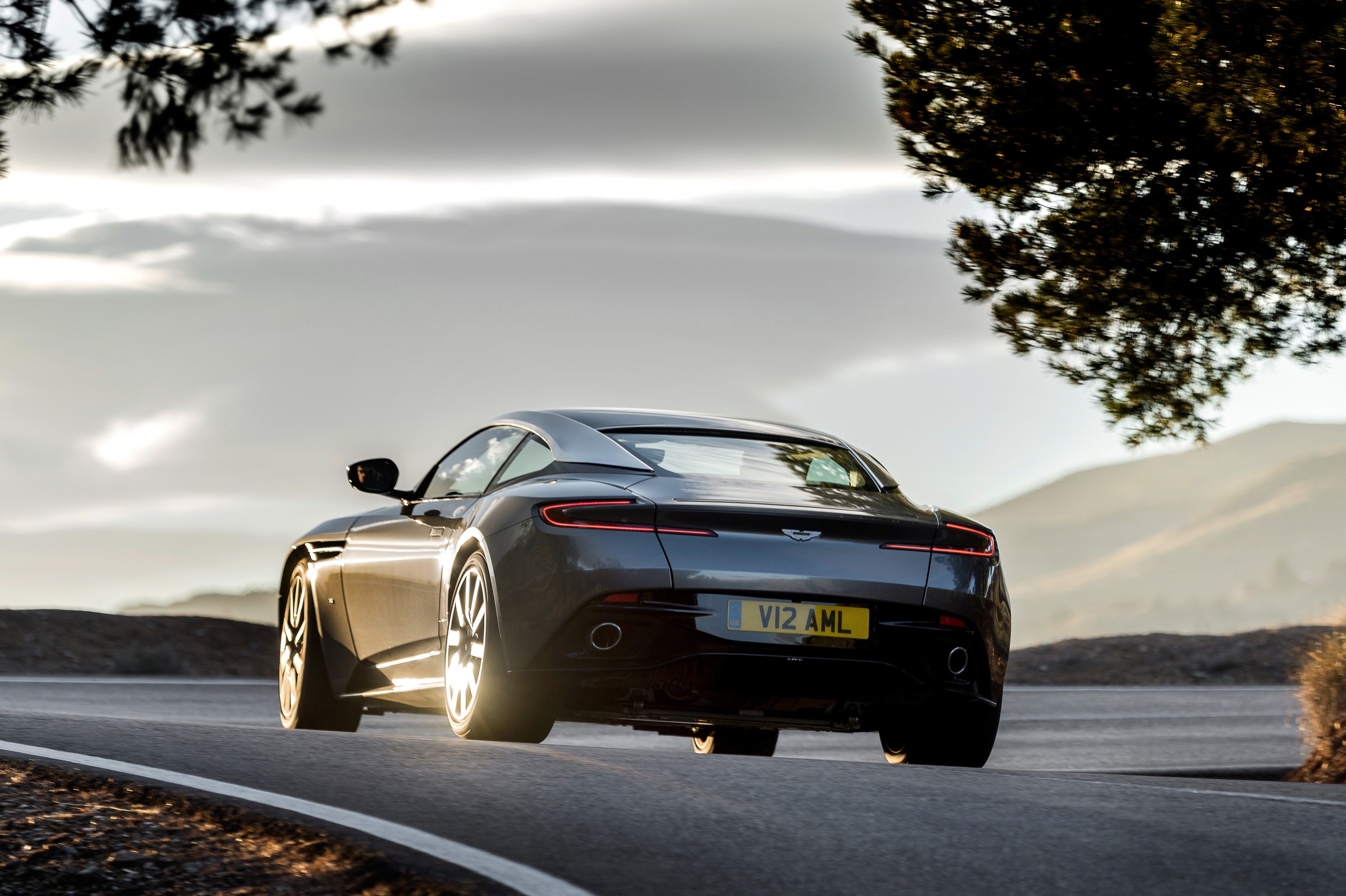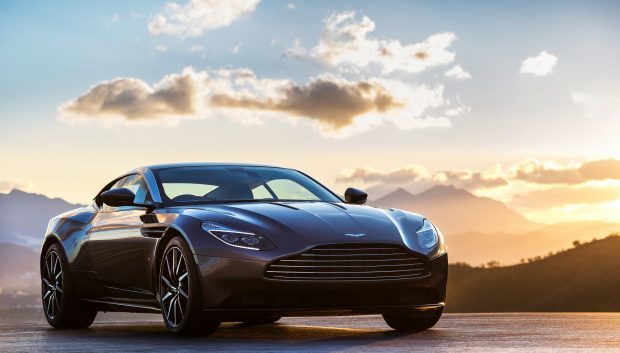British sports car maker Aston Martin heralded the beginning of a new era by unveiling its stunning new DB11 production model at this year’s Geneva Motor Show.
The DB11 is the first of a new generation of Aston Martins which benefit from radical overhauls in key areas such as design, structure and powertrain.
The exterior shows a clear step forward from the DB9, with a clamshell bonnet, a strongly-waisted centre section and a distinctive kick to the tail. It shows a great deal of influence from the DB10 created for the film SPECTRE, as well as the One-77 and Vulcan hypercars. Aston says the design changes also give much improved aerodynamics.
Underneath the skin, the DB11 receives a brand-new twin-turbocharged 5.2-litre V12 engine, which in this application provides 600bhp and 516lb/ft of torque, more than any previous DB model.

In addition, the new powerplant benefits from a number of technologies to improve efficiency, with cylinder de-activation and stop-start helping to reduce overall emissions and improve economy.
Driving the rear wheels through an eight-speed automatic transmission, Aston claims the DB11 is capable of 200mph with 0-62mph taking 3.9 seconds.
The structure of the DB11 is also all-new, with its aluminium core made up of a mix of pressings, extrusions and castings to give superior strength and reduced weight.
The bonnet, roof and doors are aluminium pressings, the front and rear wings are composite while the front and rear bumpers, splitter and diffuser are injection moulded plastic, all of which helps to reduce overall mass.
Inside, the DB11 gains a whole new infotainment system with input from partner Daimler, with a dual screen set up and rotary controller leaving a cabin which is free from clutter and easy to use.
The DB11 also maintains the high standards of craftsmanship and design, with a wide range of personalisation options, finishes and materials available. Aston Martin plans first deliveries of the DB11 in the winter of 2016, with prices expected to start at £154,900.
